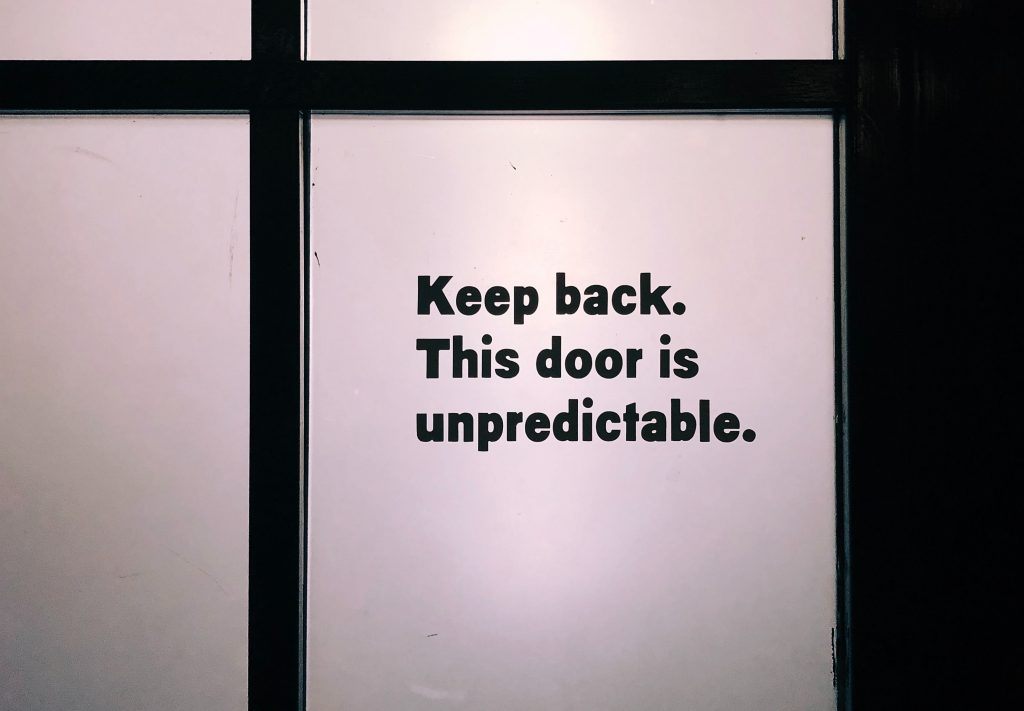
Investors love to talk about risk. What’s the downside risk? How can you hedge your risk? How can I evaluate the risks in my portfolio? Should we address investment risk in retirement the same as during the accumulation phase? What about my personal risk tolerance?
These days, risk tolerance questionnaires are all the rage and there are companies springing up out of nowhere trying to cash in on this CYA idea. Many of them are even willing to “brand” you with a specific risk number - whatever that is. It has a similar appeal as the old ING commercials where people walked around with their retirement number except now it’s their risk tolerance number.
What was once a mundane compliance headache is now fashionable. Everyone loves to have a specific number attached to them because, for some reason, it makes us more comfortable. If it’s calculated - regardless of how it’s calculated - it must be accurate. Depending on the company you choose to run your risk number, it may be anywhere from 0-99 or 0-10 or whatever.
Don’t get me wrong. For folks still in the accumulation phase of life, this can be a useful exercise. But once you are in retirement, those numbers mean little in my opinion. I believe there is a much simpler way to think about investment risk in retirement.
Calculating Investment Risk in Retirement
“If it all goes to hell in a handbasket” as they say, how many years of safe assets1 do you have set aside to provide income and ride out the storm? We can call this portion of your portfolio a bucket strategy, safety net, war chest or whatever you prefer.
I think of risk this way because I’ve observed over the years that retirees do not think about their portfolio in any hypothetical way. They want to know, based on their portfolio, how long would a market downturn have to last before their lifestyle requires a pay cut? The shorter the time frame, the higher the risk. It really is that simple.
While I think overall asset allocation is important to know, having an estimate of how many years of needed income the fixed income portion can provide is a much more relevant and easy-to-understand measure of risk in retirement.
For example, if you need to withdraw $40,000 per year from your portfolio and have $300,000 in fixed income, then you have a hypothetical safety net of 7.5 years. Another way of thinking about this is that you are giving the equity portion of your portfolio about 7.5 years to recover. If you have the same $300,000 in fixed-income and only withdraw $30,000 per year, then you have a 10-year safety net. That is much easier to understand than a risk score of 77, no?
To put these numbers in perspective, from the market highs of 2007, it took about 6 years before the market reached all-time highs again, not including dividends. I am not saying this is what you should shoot for, but it can provide some helpful historical context.
How many years of a safety net do you feel comfortable with? The less you withdraw relative to your total portfolio value results in more flexibility as to how you ultimately allocate your portfolio. There is no single right answer. The key is finding the right balance for you while ensuring you have enough in growth assets for the long-run.
Thinking of risk in terms of years before you may need to consider a retirement pay cut can add significantly more clarity to your retirement.
Lastly, another benefit of reframing investment risk in retirement is that it can shift the focus away from short-term market volatility and keep the focus on your long-term goals.
While we inherently know that the monthly apocalypse du jour is a farce, as humans we need space to be able to deal with that mentally since we know that the storms of the market will come at some point - we just don’t know when. By reframing risk in terms of years, you may find increased confidence in your retirement plan as you ride out the next market downturn.
1 When I say safe assets, I generally mean fixed-income assets. This is not a way of saying that fixed-income assets are without risk. Fixed-income assets can be sensitive to changes in interest rates and overall market fluctuations as well, but the fixed-income asset class tends to be less volatile than that of equities. Also, I do not personally believe in products that “hedge” risks. It seems to be a lot less expensive to just own less of the risk you are trying to hedge.
Stay the course,
Ashby
If you liked this post, you can subscribe down below. 👇👇
This post is not advice. Please see additional disclaimers.

